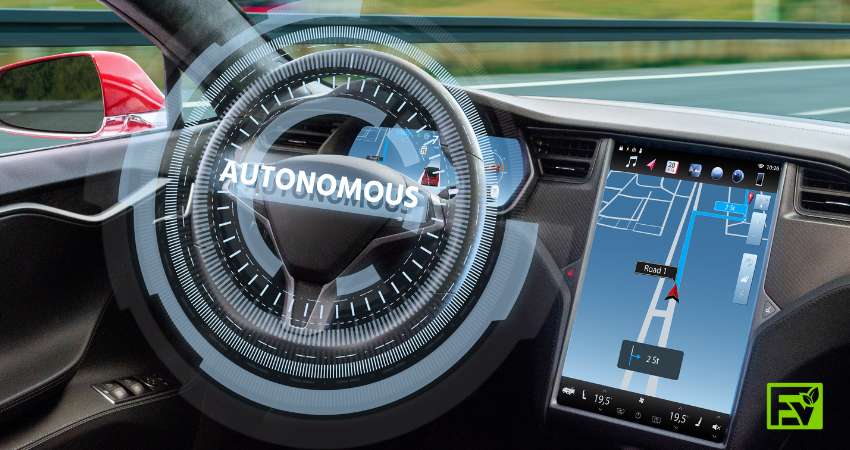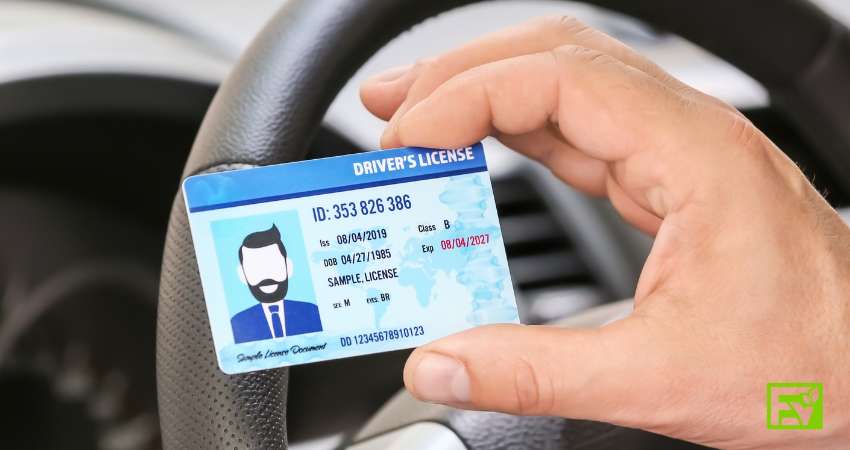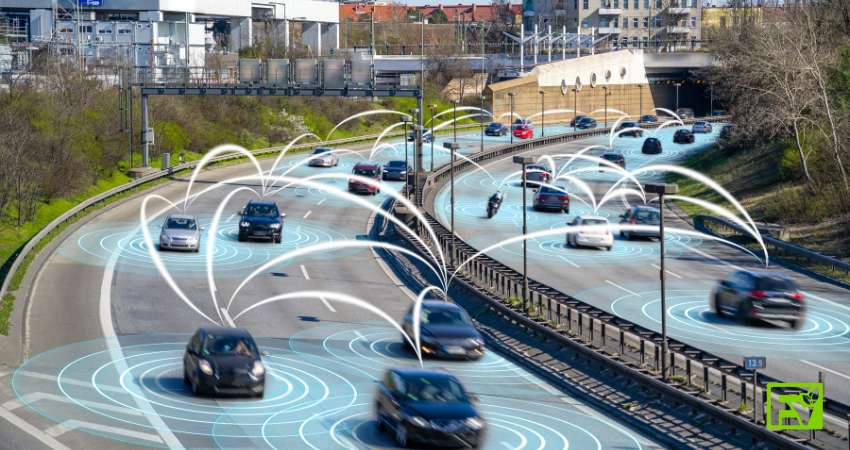How cool would that be if you only relaxed and slept in your car while it drove you to your destination? All you would need to do is to sit and select the drop-off location. Well, self-driving cars are almost halfway there—slowly and steadily, this wish is coming true. But this incomplete, evolving progress still needs the drivers to control self-driving vehicles to some degree, just as they do with any regular vehicle.
It sounds odd since your control is limited, but you still need a license to drive cars with autonomous features. Since self-driving cars are not fully autonomous yet and need interventions, it is safer if drivers have the basic practical knowledge of controlling a car.
License Requirement for Self-Driving Cars Explained

The answer to why self-driving cars require a license is because they are considered vehicles and must follow the same laws and regulations as traditional vehicles. Also, they are still responsible for the safe operation of the vehicle.
The Current State of Self-Driving Cars
- Though a self-driving car can move on its own in some or even all situations, a human being must be there, ready to take control.
- The current technology is somewhat nascent and not fully trusted. Using the word autonomous for such cars is not accurate.
- The best name they can have is ‘conditional autonomous.’
Levels of Automation
- Level 2 automation system (aka the Partial Automation Level) includes vehicles with more driving assistance features such as adaptive cruise control and automatic emergency braking, but the driver must be there, paying attention to the traffic around and ready for intervention.
- Level 3 (Conditional Automation), the control of the vehicle and its all primary functions is the responsibility of the autonomous system except in some conditions such as bad weather.
- Level 5 category, which is only a concept at the moment. At this level, there will be no driver intervention—there will be no traditional interior parts such as the steering and the pedals, and the car will drive itself regardless of the conditions.
Examples
- Tesla cars with the Autopilot feature
- Audi Traffic Jam Pilot system
- Audi Alcon (under testing)
Can We Expect a Separate/Special License for Self-Driving Cars?
A special license for autonomous cars might be necessary for the future, allowing people to only focus on learning the basics of self-driving vehicles. However, authorities may impose conditions for manual operation, and licensing could be based on the level of autonomy to ensure only qualified individuals are operating these vehicles.
A good example comes from Cali. The Department of Motor Vehicles has begun issuing special permits for some manufacturers of self-driving vehicles for testing purposes. It is a step in the regularization of driving autonomous vehicles, treating them as a special case. When level 5 self-driving cars are launched, such regulation will be for the general public instead of manufacturers—who knows?
Should There Be a License for Self-Driving Cars?
Looking at the current evolution of technology and the future in sight, it seems that licensing self-driving cars is a safer and more convenient option.

Self-driving cars are the future, and manufacturers are investing in their development. However, fully autonomous technology is not yet available, and human intervention is still required in current self-driving cars, which may lead to risks of accidents. Despite the excitement, the technology is not perfect yet, and we must be aware of the risks and work towards mitigating them.
Similarly, autonomous driving technology’s safety remains a question mark even today. Even the most advanced manufacturers, like Tesla have these issues. In 2021, more than 200 Teslas operating on Autopilot mode were involved in accidents in the US. If the people inside sense that their car is going out of control and know how to drive manually, they can interfere in time to avoid anything worse from happening.
| Fact!
Human errors account for more than 94% of traffic accidents. The reasons stem from the fact that human beings are often careless. On the other hand, driverless cars are expected to be very safe since they will not tend to feel drowsy, drive recklessly, or get distracted easily. |
Will Self-Driving Cars Replace Regular Cars?

Though many experts remain skeptical of the current shortcomings in autonomous vehicles’ technology, self-driving cars will likely replace traditional cars when they become reliable. But when will this happen? It remains a debate. Looking at the levels of autonomous vehicles, one notices that when each subsequent level becomes entirely problem-free, it replaces the older one. For instance, level 0 cars are being replaced by advanced levels worldwide, mostly by level 1. People are more into driver assistance modes rather than going without any automation. Why not get an antilock braking system and cruise control on your car if these features are very convenient and have proved their worth time and again?
Moreover, stats show that despite all limitations, the autonomous vehicles market in the US is still booming. Research says that the industry will grow from $4 billion in 2021 to $186 billion by 2030.
Read: Can a Tesla Park Itself in a Garage?
Why Have Not Self-Driving Cars Not Taken Off Yet?
Autonomous vehicles are not on the road yet simply because of their limitations. They are not smart enough right now to be given the responsibility of taking full control. Precisely, the most concerning limitations include the following:
- Cameras are the eyes and ears of a self-driving car in a severe snowstorm. When the weather is bad, say there is a severe snowstorm, the cameras will be covered in snow and thus would not be able to ‘see’ what lies ahead. To date, there is no effective solution to this problem.
- Road markings depend much upon the location—it varies from city to city, state to state. Autonomous vehicles use such markings to change lanes and even park on their own. If road markings are non-existent somewhere, the autonomous feature will malfunction.
- Autonomous vehicles do not think and make decisions the way human drivers do. Human beings know when there is any unusual occurrence on the road. For instance, if there is a red light on the road, the car might take it for a stop signal. But the human driver will know that it is something not to worry about.
Concluding Remarks: Do You Need a License for Self-Driving Cars?
Self-driving cars have not developed the capability to take full control when hitting the road. The driver, thus, does need to interfere from time to time—it is somewhat still akin to driving a regular vehicle. Hence, yes, you need a license for self-driving cars. The autonomous vehicle industry is, beyond any doubt, making rapid progress, but it will take some time before level 5 types enter the market. Back in 1939, when the concept was introduced, self-driving cars were nothing more than an idea. In 2023, we are already testing for level 3. Abolishing licenses for self-driving vehicles could not be far away—the IEEE says it will occur by 2040 since most of the traffic on the roads will be purely autonomous!


